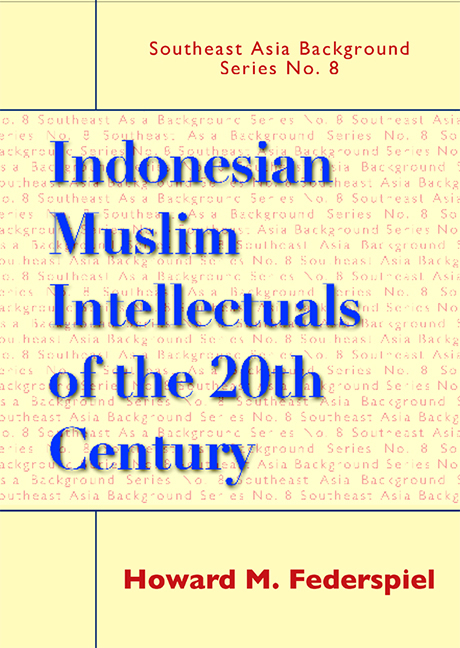6 - The Later New Order Period
Published online by Cambridge University Press: 21 October 2015
Summary
The New Order government had a strong hold on the political system of Indonesia by 1974 and continued to rule until the end of the twentieth century, when it was brought to an end in forced elections after the government was unable to weather a severe economic crisis in 1997. During the quarter of century that it ruled with little challenge, it upgraded the economic conditions of the population. Most indicators of progress, such as per capita income, literacy, and graduation rates, indicated considerable improvement, but they were still low by economic standards of Asia. As well, the society was concerned over lack of rights and corruption in government operations. Many elements of society disliked the political system, in large part because it predetermined election results while going through an unconvincing charade of public participation. When the system unravelled, it lost support quickly. But throughout most of the period it was a strong, vibrant, yet authoritarian political system.
THE NEOMODERNISTS
The reconstructionist movement developed into a more advanced stage that was sometimes referred to as the neomodernist movement. Actually the grouping of intellectuals concerned with this movement was quite large, probably some twenty-five people, who associated with one another and wrote on similar subjects. The most well known were the core group of Nurcholish Madjid, Dawam Rahardjo (b. 1942), and Kuntowijoyo (b. 1943), and two organizational leaders, Abdurrahman Wahid (b. 1940) and Amien Rais (b. 1944), but included Abdul Mukti ʿAli, mentioned above, and Taufik Abdullah (b. 1936), an important Indonesian historian. There were other less well-known members, such as Ahmad Saefuddin (b. 1940), Sjafii Maarif (b. 1939), and Jalaluddin Rahmat (b. 1949). Significantly they were not all Muslim modernists, as a few were from traditionalist backgrounds and some were closer to revivalism than modernism per se. The educations of these intellectuals differed considerably, although all had some form of Islamic training somewhere in their backgrounds. Most had also studied in the West, often at leading universities in the United States or Europe.
- Type
- Chapter
- Information
- Indonesian Muslim Intellectuals of the Twentieth Century , pp. 73 - 90Publisher: ISEAS–Yusof Ishak InstitutePrint publication year: 2006



